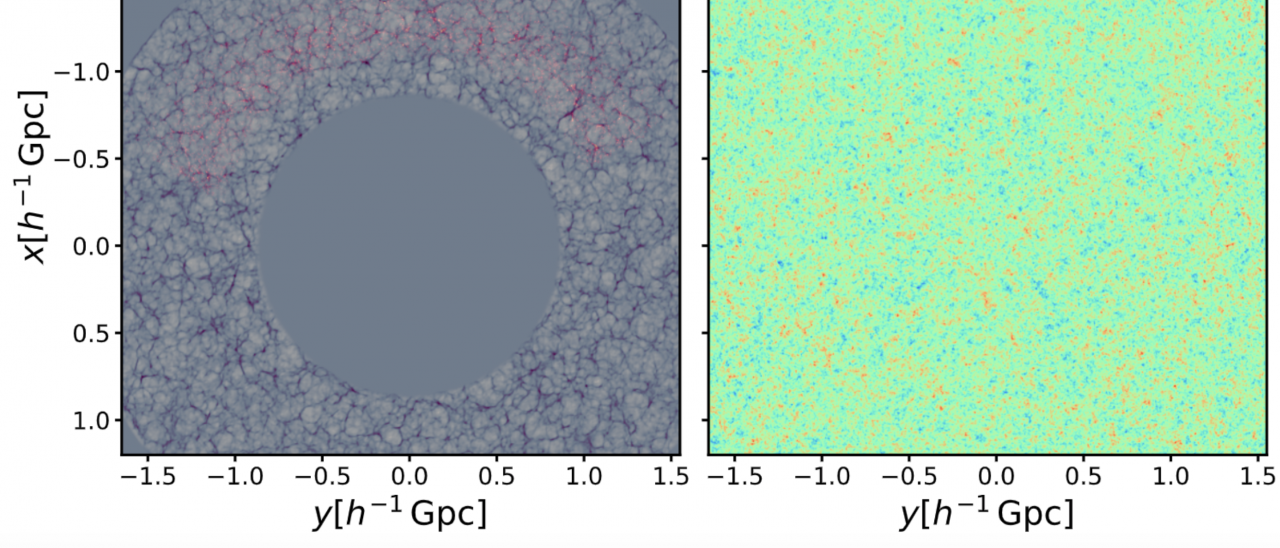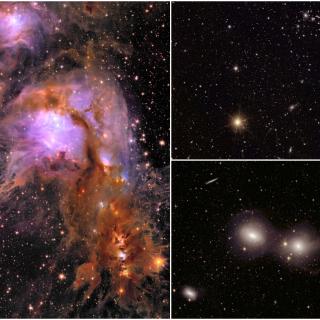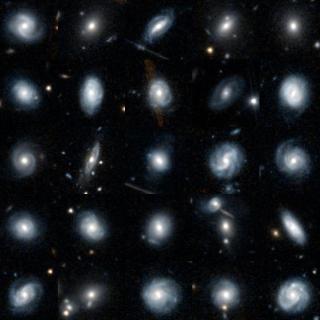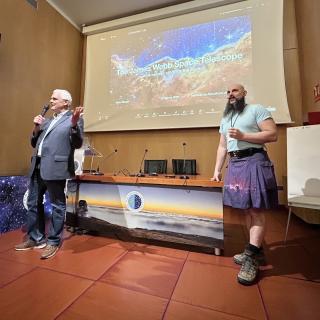We present COSMIC BIRTH (COSMological Initial Conditions from Bayesian Inference Reconstructions with THeoretical models): an algorithm to reconstruct the primordial and evolved cosmic density fields from galaxy surveys on the light-cone. The displacement and peculiar velocity fields are obtained from forward modelling at different redshift snapshots given some initial cosmic density field within a Gibbs-sampling scheme. This allows us to map galaxies, observed in a light-cone, to a single high redshift and hereby provide tracers and the corresponding survey completeness in Lagrangian space including tetrahedral tessellation mapping. These Lagrangian tracers in turn permit us to efficiently obtain the primordial density field, making the COSMIC BIRTH code general to any structure formation model. Our tests are restricted for the time being to augmented Lagrangian perturbation theory. We show how to robustly compute the non-linear Lagrangian bias from clustering measurements in a numerical way, enabling us to get unbiased dark matter field reconstructions at initial cosmic times. We also show that we can accurately recover the information of the dark matter field from the galaxy distribution based on a detailed simulation. Novel key ingredients to this approach are a higher order Hamiltonian-sampling technique and a non-diagonal Hamiltonian mass matrix. This technique could be used to study the Eulerian galaxy bias from galaxy surveys and could become an ideal baryon acoustic reconstruction technique. In summary, this method represents a general reconstruction technique, including in a self-consistent way a survey mask, non linear and non-local bias, and redshift-space distortions, with an efficiency about 10 times superior to previous comparable methods.
Left: Distribution of red luminous galaxies and the corresponding cosmic web at redshift 0.4-0.7 (galaxies and the underlying cosmic web in red and grey, respectively). Right: Primordial density fluctuations at redshift 100 (see Kitaura et al. 2021).
Advertised on
Authors
FRANCISCO SHU
KITAURA JOYANES
M. Ata
S. A. Rodríguez-torres
Andrés
Balaguera Antolínez
G. Yepes
References




